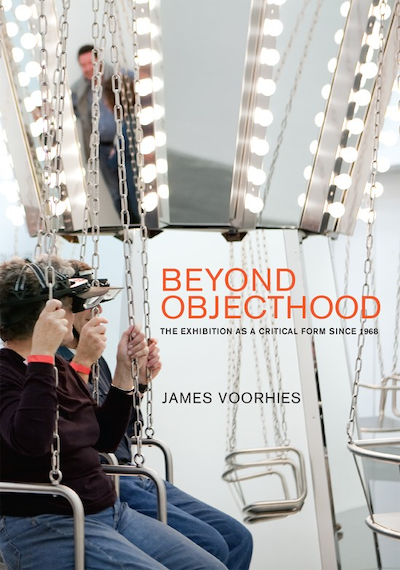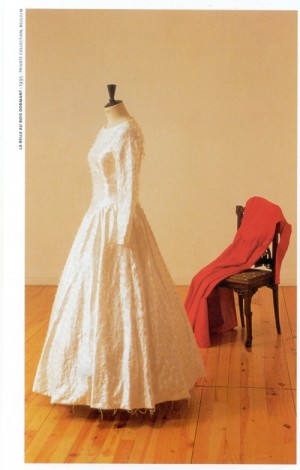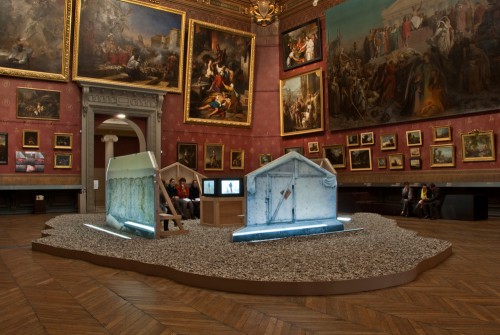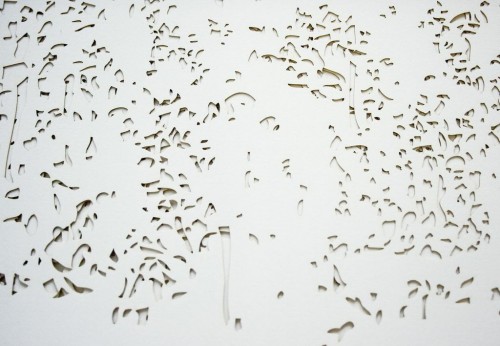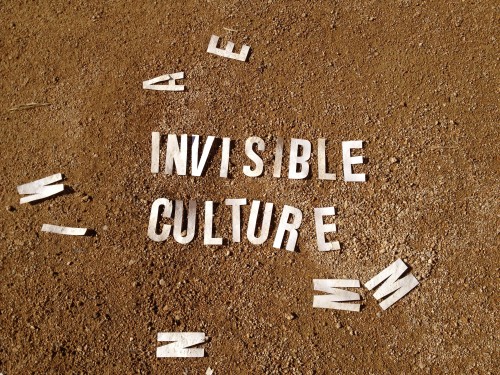Beyond Objecthood: The Exhibition as a Critical Form Since 1968
Reviewed by Malaika Sutter, University of Bern James Voorhies, Beyond Objecthood: The Exhibition as a Critical Form Since 1968. Cambridge: The MIT Press, 2017. 288 pages. In James Voorhies’ first monograph, Beyond Objecthood: The Exhibition as a Critical Form Since 1968, the curator and art historian of modern and contemporary art examines the critical potential of the exhibition from the second half of the twentieth century to the beginning of the twenty-first century. Voorhies focuses on artworks and exhibitions that capture a spectator’s attention and involve them without explicitly inviting them to participate, their critique manifesting itself through an extensive apprehension and implication of the spectator. Carsten Höller’s exhibition Experience (2011-12, New Museum), which includes his work Untitled (Slide), a stainless steel slide that carries the spectator through two levels of the museum, marks the starting point of Voorhies’ study. Through its potential to confuse, surprise, and engage the spectator via multiple senses as well as through its unique temporal and spatial aspects, the slide, according to Voorhies, figures as a fruitful approach in engaging …

